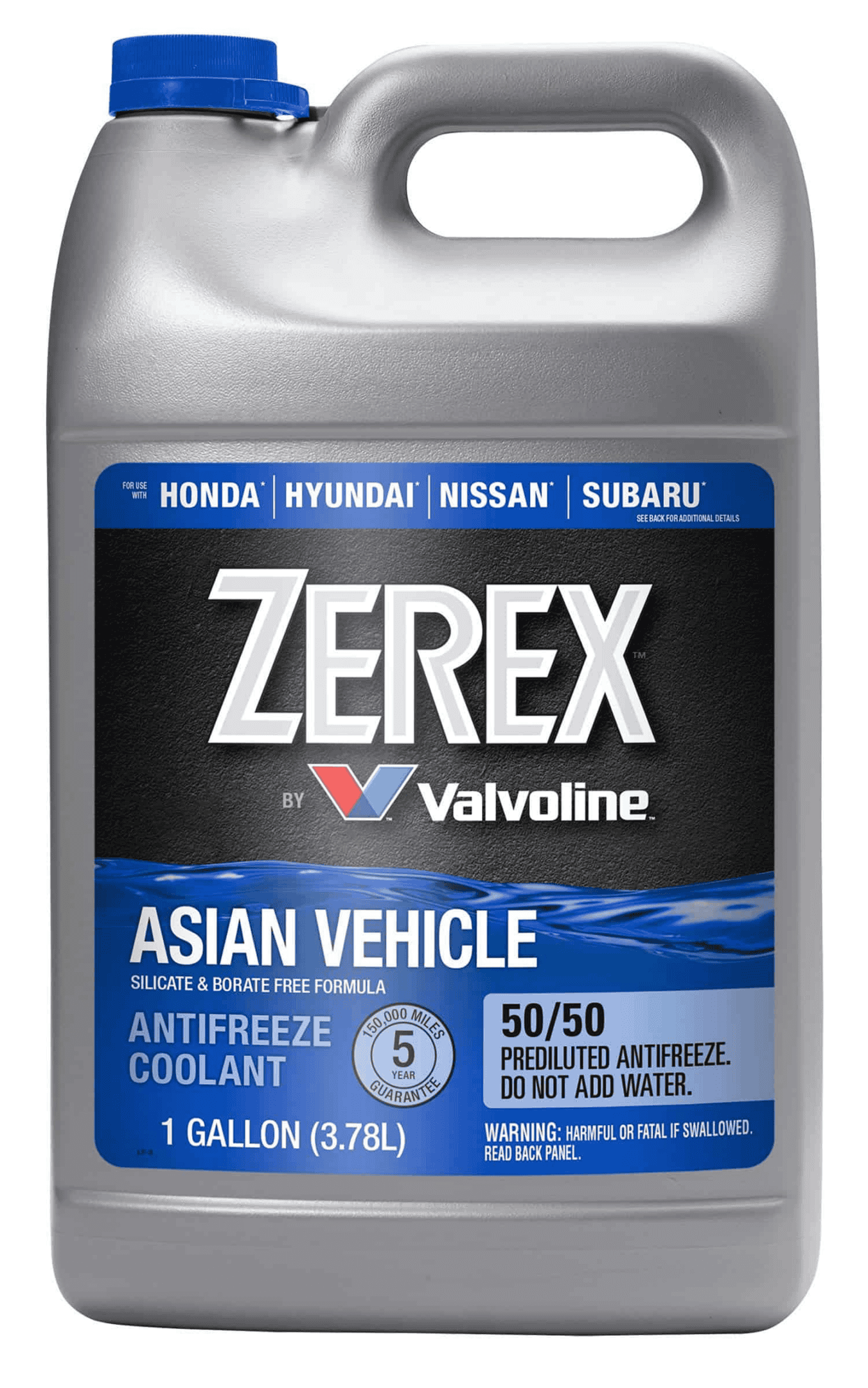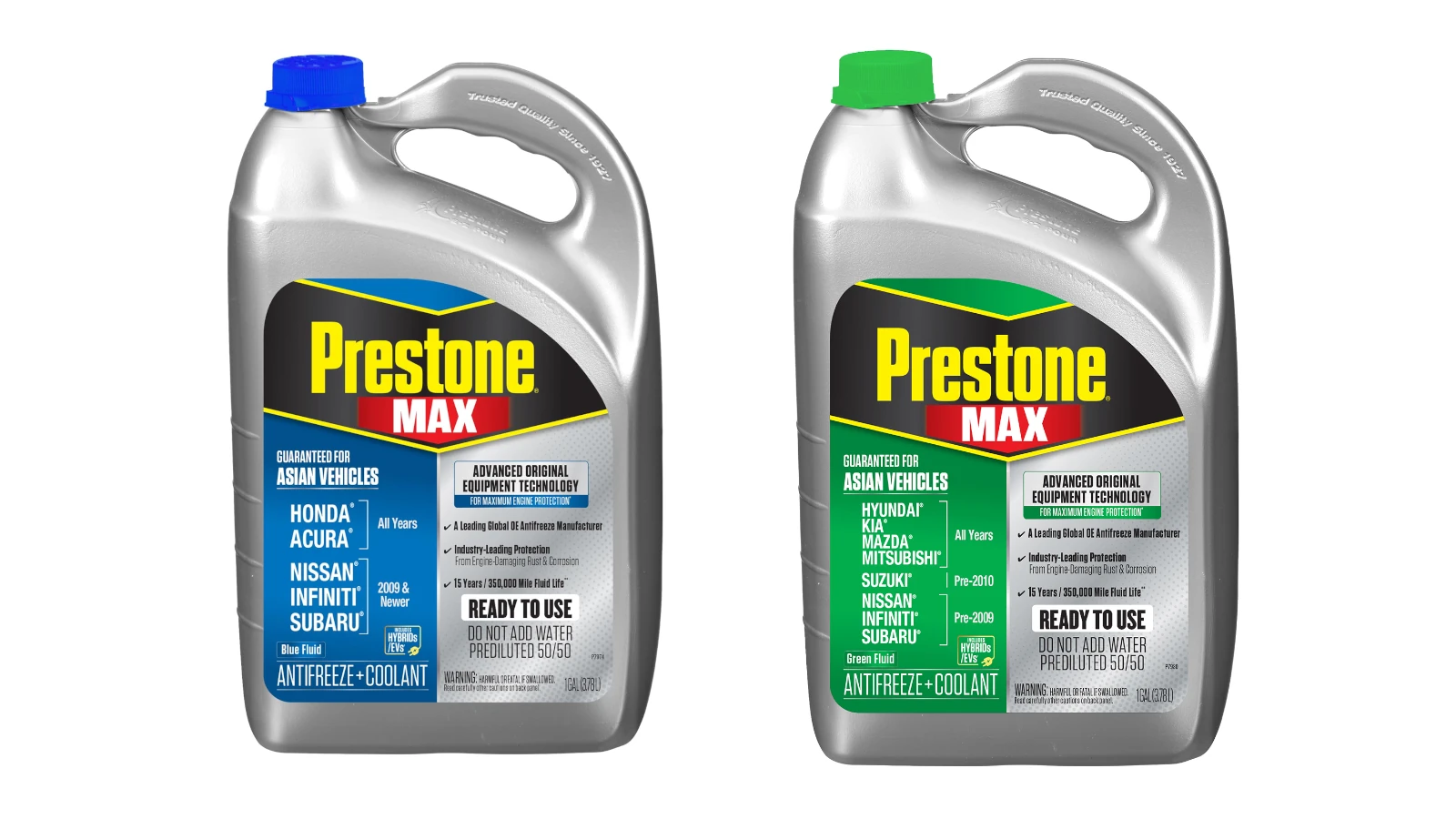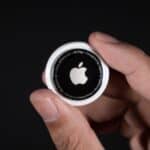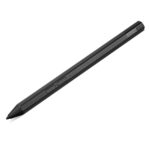It’s a common question: can you mix the bright blue and green coolants used in cars? The answer isn’t so simple. Let’s look into why. In general, you should not mix different types of coolant, including blue and green coolant, as it can cause serious consequences:
- Damage to engine and cooling systemUsing the wrong type of coolant can damage the engine and cooling system of older model vehicles.
- Ruined carSome combinations of coolant colors can ruin your car. For example, mixing OAT and IAT coolants can cause the coolant to gel, clog the cooling system, and overheat the engine.
- Other consequencesOther consequences of mixing coolant colors include degraded cylinder heads, head gasket breakage, marred hoses, reduced vehicle performance, and radiator and water pump corrosion.
However, with newer vehicle models, the color of the coolant you choose doesn’t always matter. You can use a different color antifreeze after flushing the system completely, but ensure that the new antifreeze is compatible with your vehicle’s requirements.
Tips on Coolant Choice and Maintenance

Understanding Coolant Types
Car coolants, or antifreeze, aren’t just about preventing freezing. They also protect your car’s engine from corrosion and help regulate temperature. Here’s the key difference between classic green and newer blue coolants:
- Green (IAT): Inorganic Additive Technology (IAT) coolants are the traditional type. They use silicates and phosphates for protection but need more frequent changes.
- Blue (OAT): Organic Acid Technology (OAT) coolants offer long-life protection. They don’t contain silicates, making them gentler on water pumps.
So, Can You Mix Them?
It’s best to avoid mixing blue and green coolants unless you know exactly what kind of coolant is already in your system. Mixing them can sometimes lead to these issues:
| Issue | Explanation |
|---|---|
| Reduced lifespan | Combining different additive packages can shorten the coolant’s effectiveness. |
| Gelling or sludge | In rare cases, incompatible coolants can form a gel-like substance that clogs your cooling system. |
What Should You Do?
- Check your owner’s manual: This is the best source for knowing the recommended coolant for your car.
- Stick to the same kind: Top up your coolant with the same type and color that’s already in there.
- Flush and refill: If unsure what’s in your car, a coolant flush and refill with the correct type is the safest option.
Remember: Regular coolant changes are crucial for your car’s health, regardless of type!
Understanding Coolant Composition and Compatibility
The heart of your car, the engine, is dependent on coolant to regulate its temperature and ensure smooth operation. The coolant’s job is to transfer heat and prevent engine damage from extreme temperatures. The question often arises: can you mix blue and green coolant?
The straightforward answer is yes, you can mix blue and green coolants, but with a caveat. The compatibility of the coolants is key. Different coolants serve various functions and are composed of distinct chemicals. Blue coolant typically consists of ethylene glycol and silicates, while green coolant may contain either ethylene glycol or propylene glycol along with borates, silicates, or phosphates. The difference in color mainly arises from the dyes used by manufacturers.
What Happens When You Mix Blue and Green Coolant?
Mixing blue and green coolants, when they are of the same type, can actually provide enhanced protection for your vehicle. This mixture can protect both the metal and non-metallic components of your car’s cooling system. Notably, when these two are mixed correctly, they can offer extensive engine protection, safeguarding against rust, scale, and corrosion.
However, caution is necessary. Mixing two different coolant types without ensuring their compatibility can lead to serious problems, such as the formation of gel-like substances that block the coolant system, impairing the cooling efficiency and potentially causing engine overheating. Furthermore, an incorrect mixture may weaken the coolant’s anti-corrosion properties, leading to potential damage to the engine.
Correct Mixing Procedures
When it comes to mixing blue and green coolants, the ratio is crucial. A commonly recommended mixture ratio is 50% blue coolant and 50% green coolant, which then needs to be blended with an equal part of water. This specific ratio is important to prevent the coolant mixture from becoming too thick and clogging the system. Additionally, the coolant’s effectiveness in extreme temperatures is optimized with this mixture.
Cautions and Considerations
While mixing coolants can be beneficial when done correctly, it’s essential to maintain the right balance and use coolants of the same type to avoid damaging your vehicle. It’s always advisable to consult your vehicle’s manual or a professional mechanic if you are uncertain about the types of coolant your car requires.
Moreover, the condition of the coolant should be regularly checked. A change in the coolant’s color could indicate issues such as rust or oil contamination, which could potentially harm your vehicle’s engine.







